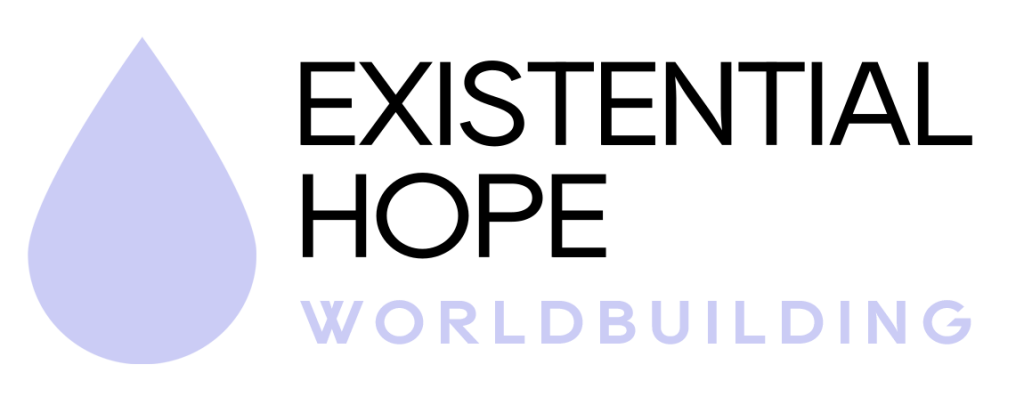

🌍 World Summary
Vision Statement
Everything and everyone can reach their full potential, we have an expansion of nature, animals and wildlife, and have radically expanded our moral circle.
🔬 Technology
Nanotechnology
Nanotechnology has sparked a new industrial revolution, one where materials are no longer a constraint. From cloudscapes to living systems, everything can be shaped with atomic precision, enabling creativity, abundance, and expansion of nature.
What kind of AI exists in your world?
AI in 2035 is decentralized, delivered through specialized services rather than a single AGI. It helps people collaborate intuitively, make wiser decisions, and think more efficiently, offloading tasks so humans can focus on family, nature, and creativity. Crucially, AI doesn’t serve humans alone; it also senses and responds to the needs of ecosystems themselves, such as managing cloud formations and river systems.
New or Reformed Institution
A decentralized, voluntary cultural institution that transcends species boundaries, fostering shared meaning by collectively honoring the interconnectedness of life itself.
Transformed Sector
By 2035, science has become radically open and self-transforming—powered by AI tools that blur traditional disciplinary boundaries and operate autonomously. Research funding and knowledge flow freely through open-source platforms, enabling rapid, intuitive breakthroughs. As a result, humanity can intuitively understand and respond to the world, unlocking deeper insights and solving complex challenges with unprecedented speed and coherence.
A Major Crisis Overcome
The greatest challenge overcome was navigating the complexity of balancing powerful systems that previously threatened to dominate one another. Society shifted incentives to deeply value nature, introduced equitable economic models post-AGI, and embraced genuine pluralism by supporting diverse poles of influence. This multi-polar balance created resilient equilibrium, ensuring no single system overwhelmed the others and enabling lasting harmony among humans, nature, and technology.